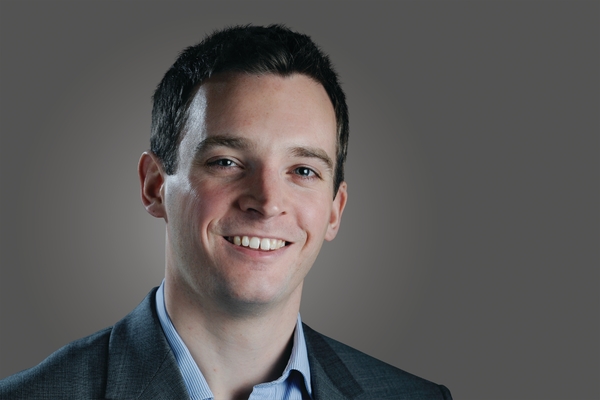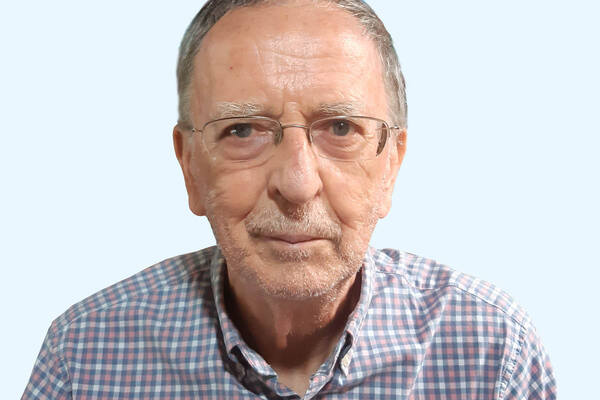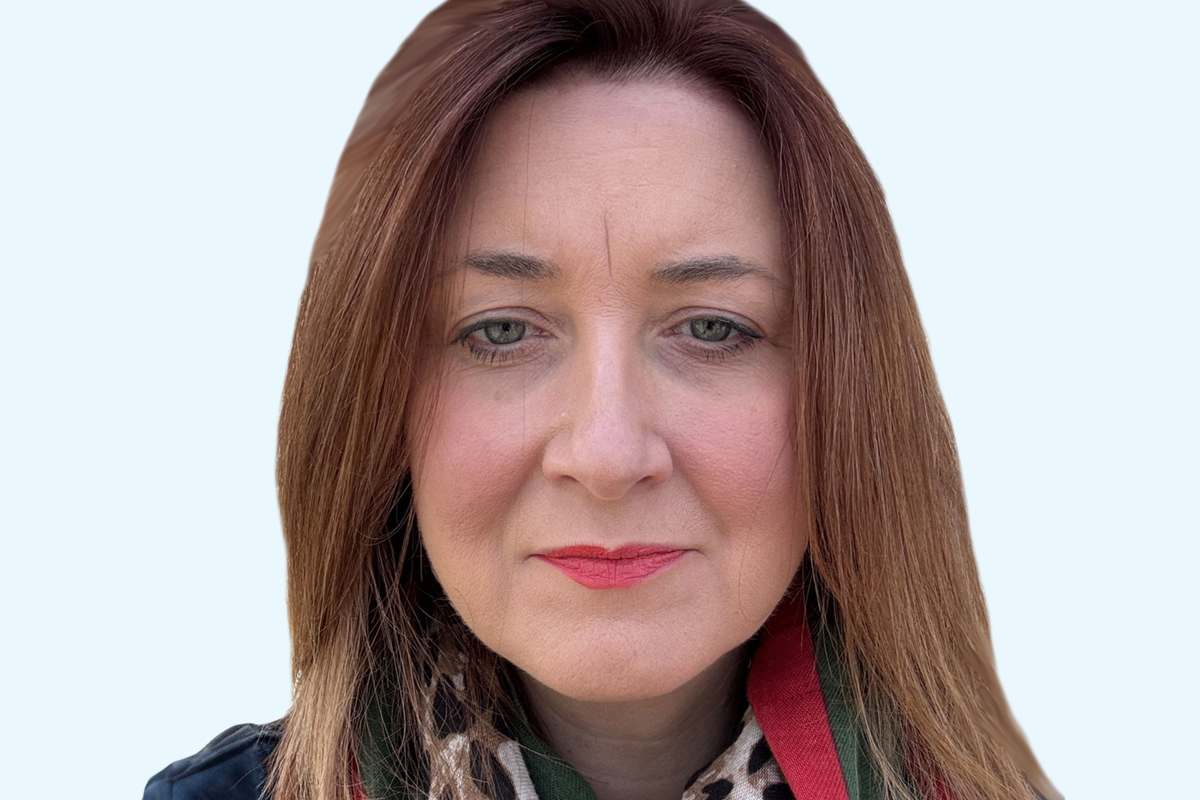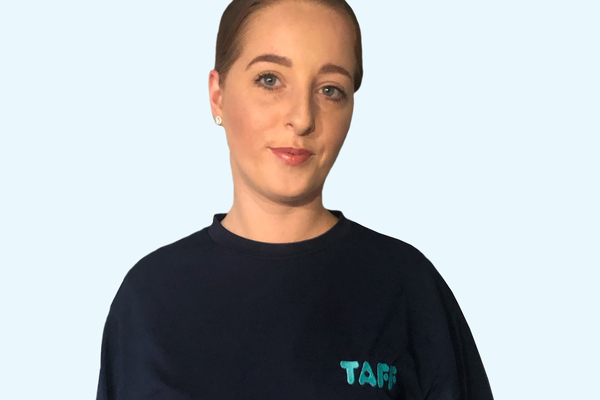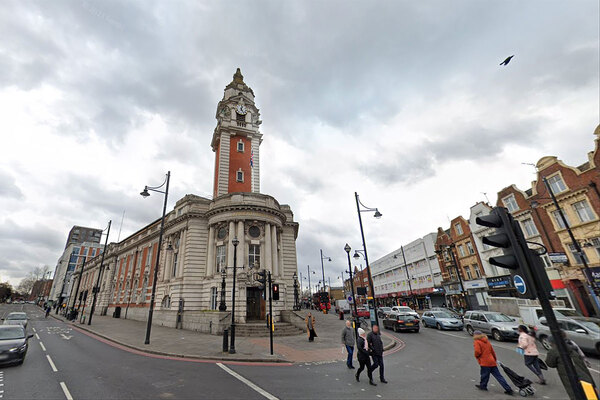Night riders
London’s bendy buses have become a haven for homeless people seeking a safe place to sleep. Here Martin Hilditch recounts his night with the outreach team attempting to find them more suitable accommodation
George slowly eases himself down from the doorway of the mid-section of the ‘bendy’ bus.
A somewhat portly black man, he’s the last passenger to get off by some distance. Although his face, shadowed beneath the peak of a baseball cap, doesn’t betray any expression he is clearly in some discomfort. Both his ankles are swaddled in a thick layer of bandages and he is using crutches for support.
The stop, at Trafalgar Square in central London, is the final destination for the number 29. For George*, however, it just represents an interruption of what little sleep he will get tonight.
It’s 10.20pm now but I’ll see George again at 12.45am, tiredly struggling from the door of another 29 bus, at the same stop and for the same reason. If I stuck around, I’d no doubt see a repeat at 3am and again at 5.20am. The 29 is, after all, the 24-hour bus on which George chooses to bed down, his thick anorak effectively doubling as a blanket as he circles endlessly around the capital.
Invisible lives
For a change, however, someone has noticed George tonight. I’m with two outreach workers - Kirsty Lowe and Will Norman - from a project set up by homelessness charity Thames Reach to help homeless people sleeping on London’s buses. The Bus Project team connects people to accommodation and services, gives advice and, one suspects, provides a sympathetic ear. While this article is partly about the team’s work it is mainly a snapshot of the men and women, like George, who live their lives in almost invisible desperation on board services like the number 29.
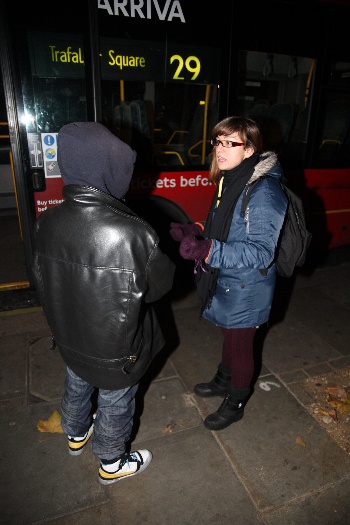
Source: David Gibson
Outreach worker Kirsty Lowe talks to a homeless man who has been using the number 29 bus for shelter
Ms Lowe is the first to approach George. She asks how he is and whether he is sleeping on the buses. It turns out that the bus really is a home from home for George. He is a housing association tenant but has been too scared to sleep in his home since ‘my best mate got murdered in the flat above me’.
‘I wouldn’t stay there on my own,’ he says. ‘I just feel unsafe. There is so much drugs around there.’
He says he has been ‘on the buses for about two months’ and rides the number 29 because ‘I get on with some of the drivers’. There is another reason why the number 29 is popular with homeless people - it’s the last remaining bendy bus route operating in London. Because you can get on at their mid-section it is easier to travel without paying.
After a brief conversation Mr Norman jots down George’s details and finds out that he has a support worker. With this logged the team can flag up the fact that he has been sleeping on buses and start the process that will get him help or moved to alternative accommodation.
Ms Lowe reveals that tonight’s contact is the result of plenty of legwork.
‘I have been seeing him for weeks and he is normally “nah” [unwilling to speak],’ she says. ‘That was the first time I have engaged with him.’
There is little chance to reflect on this possible success because the next bus has arrived and Mr Norman has approached six eastern European men, who look the worse for wear. They are less willing to talk than George, although two give their names, meaning the contact can at least be recorded. They are eager to get away, however, and quickly cross to the other side of the road, as George did minutes earlier, so they can get on the next 29 to pull up.
‘I’ve met these guys before,’ Mr Norman states. ‘They are just really sceptical about the reason I want their names.’
A third bus pulls in - and the extent to which homeless people are using the route becomes ever more apparent. The team has recorded contact with 214 individual homeless people since December last year. This time Ms Lowe approaches a man in his late 20s who she has met before.
Kemal* says he is a refugee from Turkey who has lived in the UK for more than 10 years and is currently working illegally. He has slept on buses across London for the past seven to eight months. Realistically, given his immigration status, there is little the team can do to get him into accommodation but they do, at least, let him know how he can access winter shelters when the weather gets colder. They also ask what his plans are when, later this month, the last bendy buses are taken out of service.
Seeking shelter
The team is convinced homeless people will continue to ride buses when they have become double-deckers but will disperse across different routes, paying up because their motivation for doing so remains; they feel much safer than they would sleeping rough on the streets. Kemal insists, however, that when the 29 becomes a double-decker he will ‘just walk’ and get ‘a sleeping bag or something’.
Mr Norman is worried about what the future holds for Kemal. ‘As so often is the case it is the outreach teams that are the only ones there as a safety net,’ he states.
It’s 11.30pm now. The next few buses all contain probable homeless people although most refuse to speak to Ms Lowe and Mr Norman. It is becoming clear that part of their job is to build trust over a period of time, while also recording the level of need.
A seventh bus pulls in and a man gets off and approaches the team. Charles* also says he has been living in the UK illegally, although it is later confirmed that he is taking part in a voluntary return programme. For now he has fallen through the net and rides the buses at night but confesses ‘I don’t really get much sleep’.
Because he has had no previous contact with outreach services, the team notes down Charles’ details and takes him to the No Second Night Out hub, near King’s Cross, which was set up earlier this year with the aim of preventing new rough sleepers returning to the streets. We leave Charles nervously clutching his suitcase in the hallway of the NSNO hub, and return to Trafalgar Square.
It’s now 12.45am and we see George for the second time tonight. For the team the night is drawing to a close. As Ms Lowe and Mr Norman return to the office and then home, his sleepy circuit of London on the number 29 bus will continue, for the time being at least.
*All names have been changed
End of the line
The team from the Bus Project has recorded contact with 214 homeless people since December last year.
They tend to wait at bus stops rather than riding buses because this increases the number of people they can help.
Between December 2010 and September 2011 they found 168 homeless people and helped 63 into accommodation.
Figures up to May 2011 show 35 of the 108 homeless people were middle and eastern European. Twenty were either illegal immigrants or had overstayed a visa and 28 per cent were from the UK.

